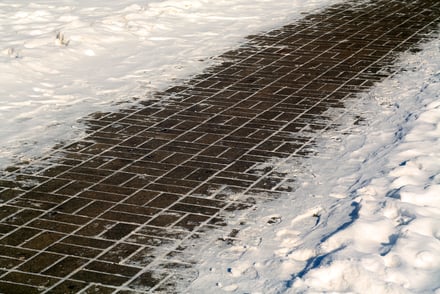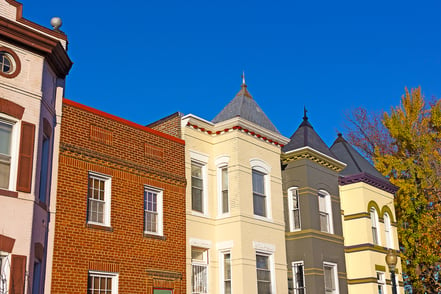Centuries-old architecture is a vanishing treasure across the United States. And while the battle to preserve beautiful and still-useful old buildings continues, many are unaware of just what is required to preserve these treasures for future generations. Without using the proper techniques, severe damage to old buildings can speed their deterioration.
A Time-Honored Construction Technique
Tuckpointing — sometimes called repointing — is a method of preservation where the mortar between masonry joints in historic buildings is removed and replaced with the same lime-based mortar used in its construction. Lime was, for centuries, the primary ingredient in mortar for bricklaying.
Lime-based mortar was used to cement brick buildings from the 18th, 19th, and early 20th centuries. This type of mortar was first burned in a kiln to a consistency of charcoal, then combined with sand and other natural materials. Traditional tuckpointing uses the lime-based mortar to increase a historic building's structural integrity and longevity.
Advances in technology and construction practices during World War II introduced concrete and cement to a wide variety of structures, including houses, highways, and commercial buildings. These substances came to the job site pre-mixed and were faster to use and much harder than their lime-based predecessors. By the late 1940s, almost every new construction project used concrete or cement, especially when building with brick.
Why Tuckpointing Matters
Those unschooled in construction and architecture preservation would assume that replacing old lime-based mortar with more stable concrete would benefit older buildings by adding strength. This, however, has precisely the opposite effect. Lime-based mortar has a completely different composition and strength than cement or concrete. It is a much softer, more porous substance.
The softer mortar was made to be used with the softer brick of that day. Load-bearing walls of brick and mortar were constructed of materials with similar, compatible textures and content. When newer, harder concrete or cement is used to replace old mortar between older, softer bricks, it causes the bricks to erode, weakening the entire structure.
When tuckpointing old brick, the mortar must have less compression strength than the brick to allow moisture within the wall to escape by evaporation. If the moisture cannot escape through the harder mortar, it will do so through the softer brick, causing cracks and spalling. The result is permanent damage that is difficult and more costly to repair.
Traditional Tuckpointing Preserves Historic Buildings
There is much more to traditional tuckpointing than simply replacing mortar. Many modern construction companies do not have the knowledge, techniques, or access to the proper materials to perform maintenance or repairs on these historic structures. Renaissance Development specializes the restoration of a historic brick building’s mortar joints using traditional tuckpointing. Washington DC and Old Town Alexandria, VA, boasts many homes from the late 1800s and early 1900s. Owners with a sense of history wish to preserve these buildings in their original, authentic state.
Renaissance Development, a leader in brick restoration and historic preservation, specializes in the restoration of a historic brick building’s mortar joints using traditional methods (tuckpointing) and materials. Contact us for a free site visit and project quote.
Dec 5, 2019 8:30:00 AM



